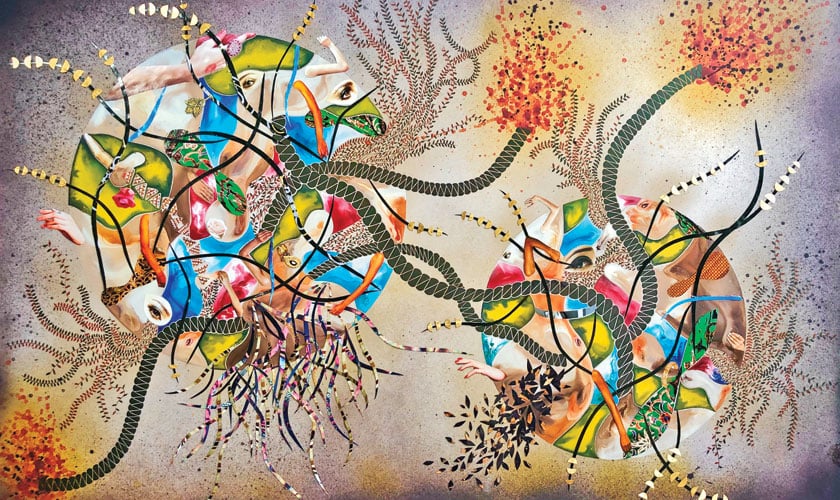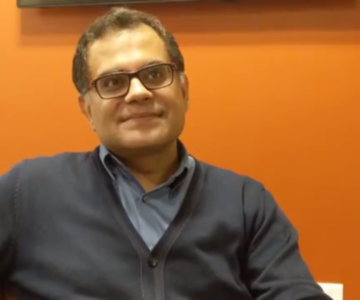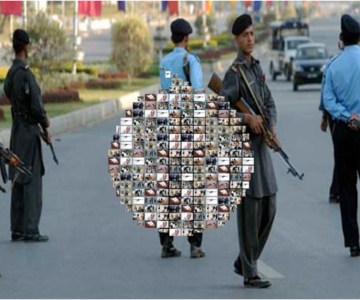Eastern art sells out to the West
By Murad Khan Mumtaz
From the weekly Friday Times, Pakistan 11-17, 2006
‘Contemporary miniature’ painting seems to be the latest play thing the Western oriented art market has found. Mostly paintings under this banner, though done by different artists and clearly covering disparate themes, somehow seem formulaic. As a rule, a few archaic miniature images are combined with contemporary ones, there is a conscious layering of objects, and stylistically all the paintings are executed in the traditional Mughal technique taught laboriously at the National College of Arts. Overall it is as if some subconscious formula has driven the artists to produce this mechanical, lifeless work only because it sells! Seeing these perfunctory artworks makes me conclude that this must be what the ‘patron’ wants.
In the Subcontinent, the miniaturist has always worked for a patron. In the pre-Timurid era the miniaturist had the privilege of working for the numerous Hindu courts that dotted the region. Later on he worked for the Mughals, and still later there were the Punjab hill states that gave the artists refuge once the great empire had weakened. By the end of the 19th century the patronage had once again swung, this time to the colonials. The Mayo School set up by the British was essentially a crafts school. The function of miniature had shifted from being a transcendental one to being a mere commodity. Like our other indigenous art forms, miniature painting eventually dwindled into obscurity.



